Tomography

Summary
The design experiment seeks to volumetrically image and quantitative describe large old trees for 1) heritage preservation of disappearing wildlife habitats and 2) for the design of prosthetic structures to house animal and invertebrate species. The need to preserve information about such habitats and provide evidence-driven replacements is acute due to the pervasive degradation of natural environments. This mapping project focuses on trees, tree hollows, and the near-surface habitats. Old trees are keystone habitats that will be absent from many future landscapes. This project will produce workflows for the imaging of tree structures including hollows and bark substrates, create numeric descriptions of such structures to allow the generation of statistically congruent and comparable designs for prosthetic replacements. This proposal aims to respond to environmental challenges which displace both human and nonhuman communities such as climate change, urbanisation, habitat loss and species extinction. There is an immediate need to provide crucial (often missing) resources while the natural habitat structures regrow, or where it is not possible to restore an ecosystem to a past state. Given the unknowns, the approach is not through goal-driven data interpretation, but instead analogous to speculative or exploratory design.
Objectives
Creating a generalizable description of bark pore space habitats
- Identify different textures (manually or via AI)
- Goals: separate different textures
- Evaluate pore connectivity (and other things) within specified regions
- Provide a generalised description of the whole structure
- Provide specialised descriptions in detail of sections of the structure. (opening, crotch, standard section)
- Evaluate certainty of the resulting models
- Apply the routine to different objects intending to represent the same habitat and compare
Methods
Apply the routine to different objects intending to represent the same habitat (baseline samples, various artificial designs) and identify numerical differences between the samples.
Scanned Objects
- Large Object 1 (L1): a Eucalyptus Regnans a tree crotch (L1), sourced from Warrandyte, Victoria. The object was split into three samples:
- L1-A:Main branch with hollow, 800 mm deep x 410mm diameter, maximum wood thickness section 110mm + 150mm
- L1-B: Main branch with hollow, 630mm deep x 450mm diameter, maximum wood thickness section 110mm + 30mm
- L1-C: Secondary branch with hollow, 780mm high x 300mm diameter, maximum wood thickness section TBAC
- Medium Object 1 (M1): a small tree branch, 650mm deep x 300mm diameter with maximum wood thickness section TBC
- S1: Texture of inner wall of hollow, dimensions
- S2: Texture of outer surface of trunk (bark), S2, 700mm x 160mm x 40mm
- S3: Texture of outer external surface of trunk (bark), S3, rotten and more eroded than S1
- XS1: Micro texture of inner surface of hollow, taken from S1

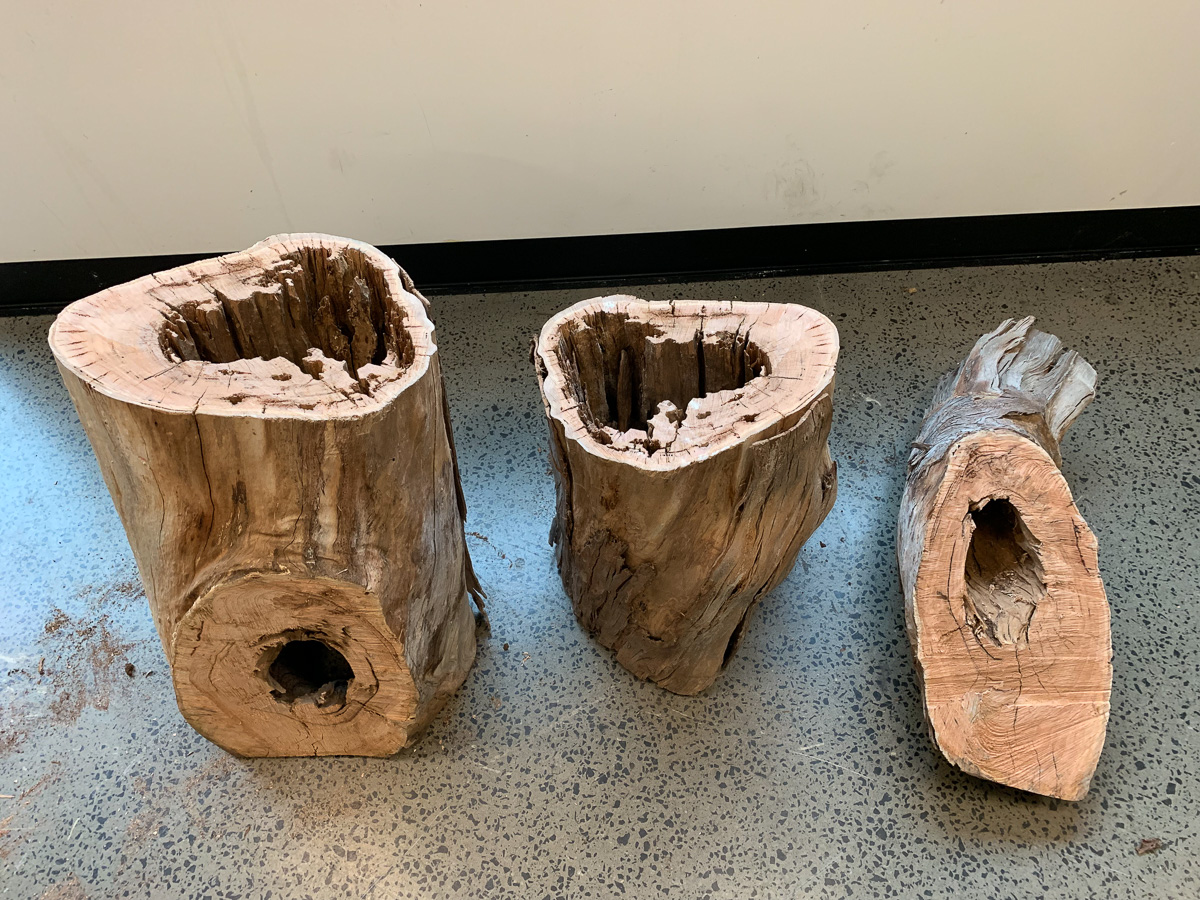
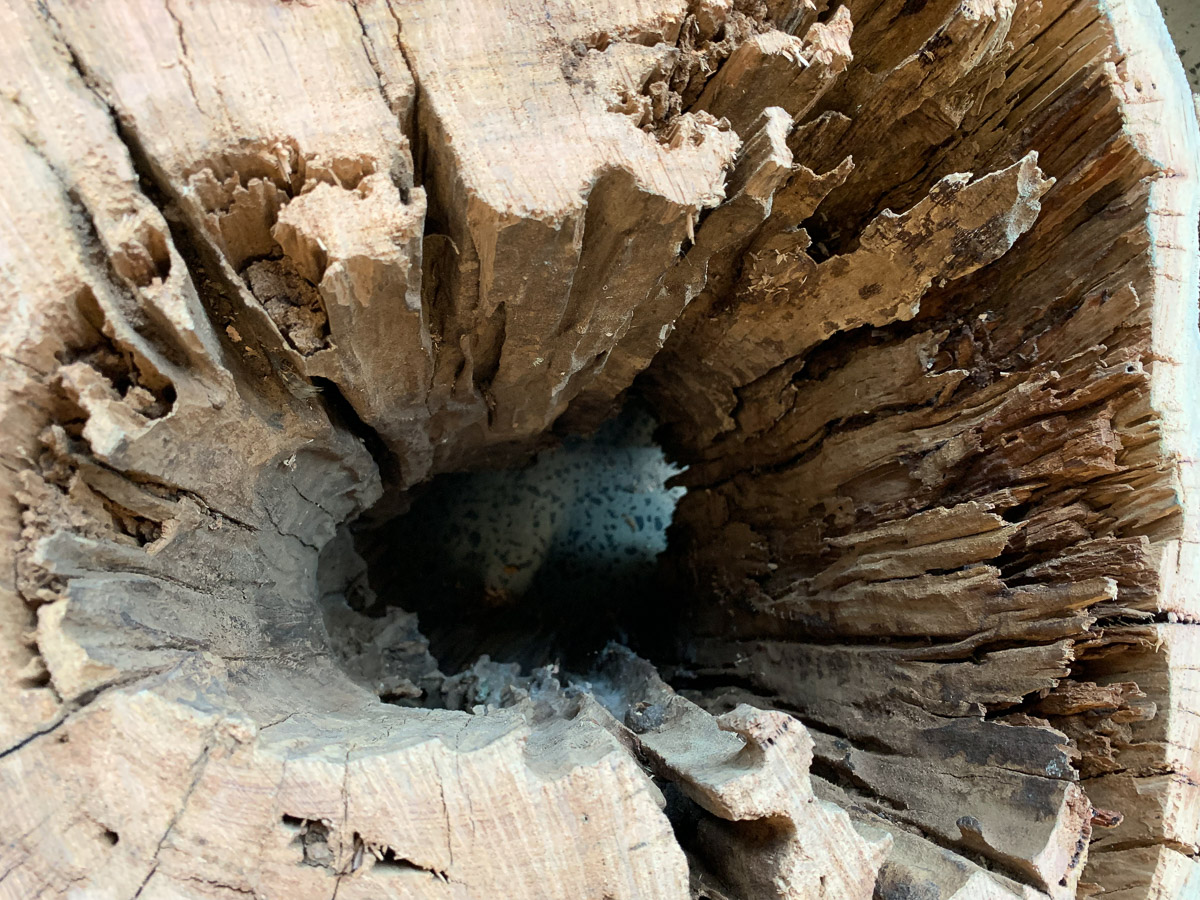
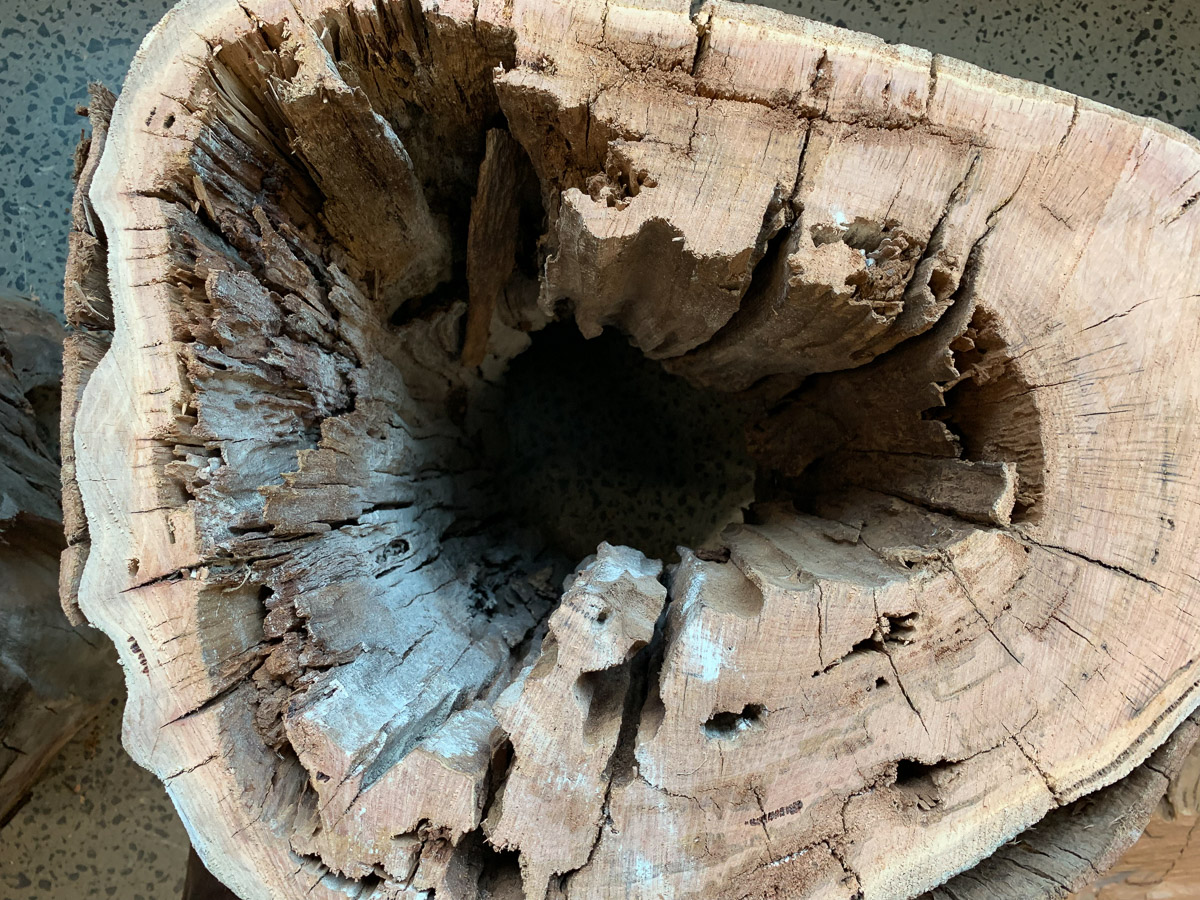
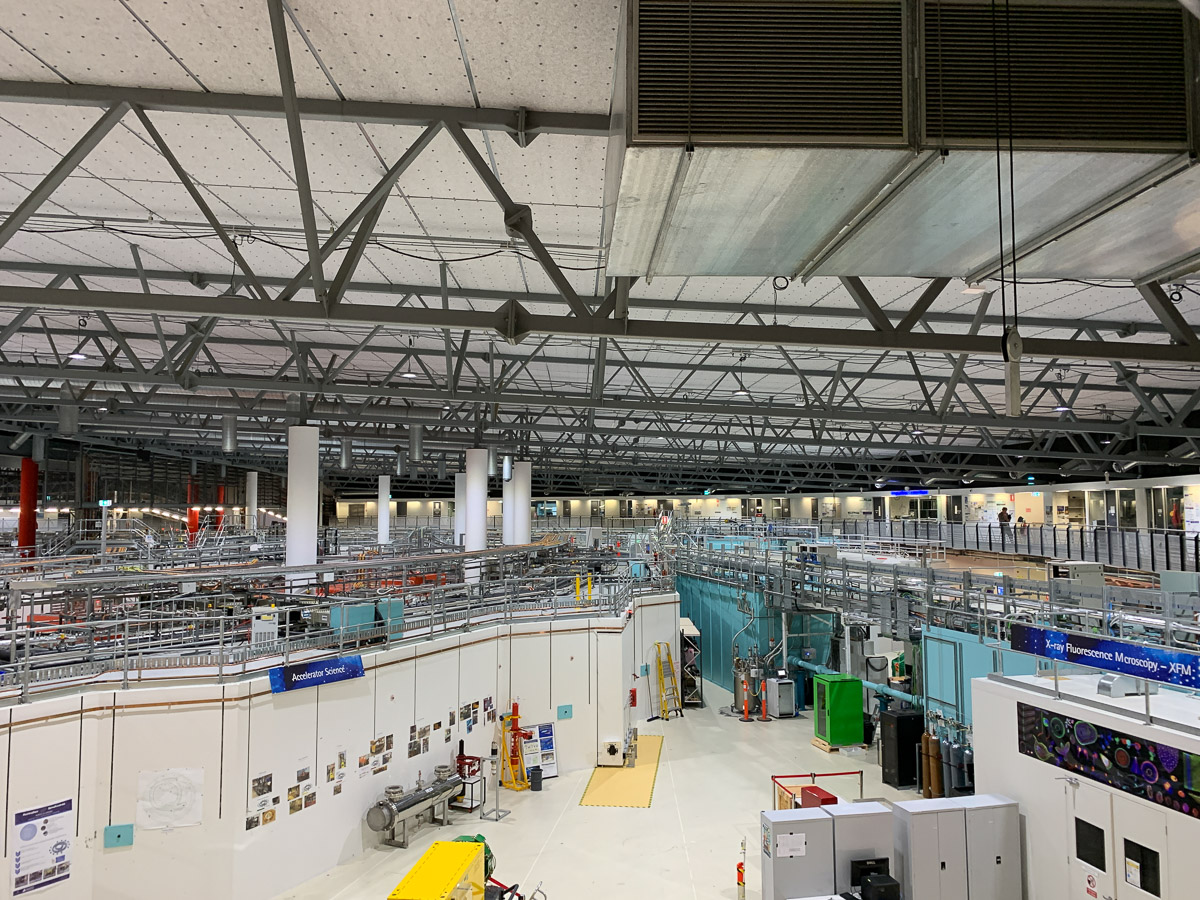
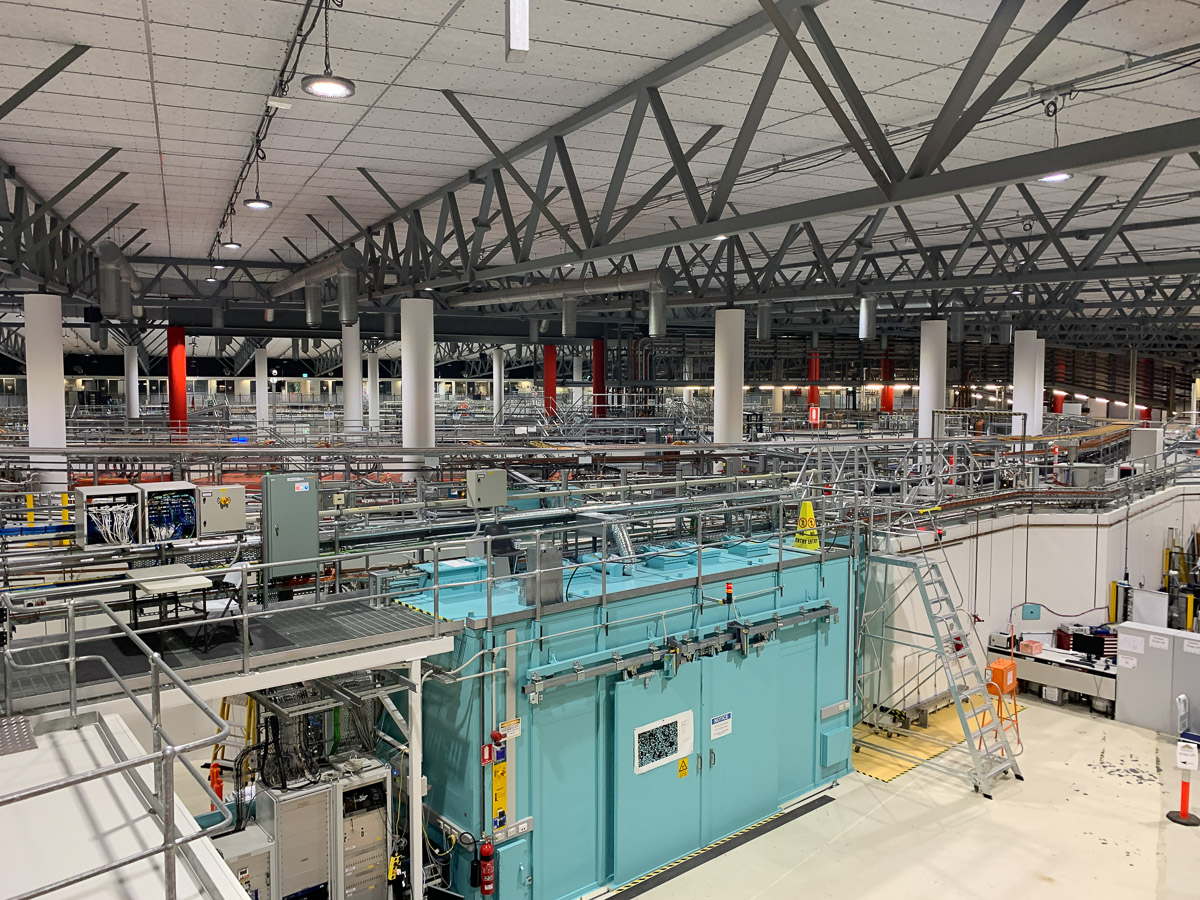
Backlinks